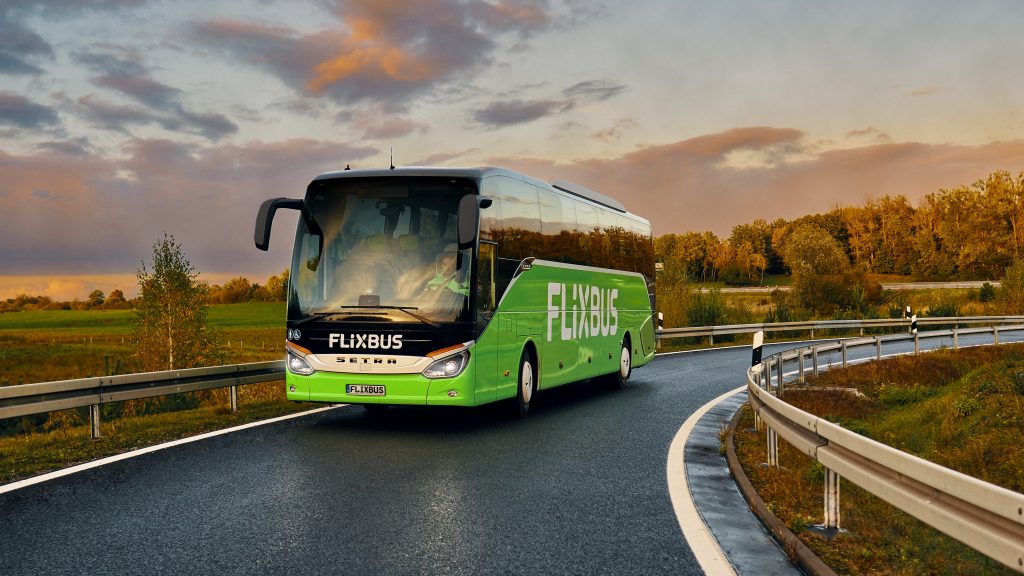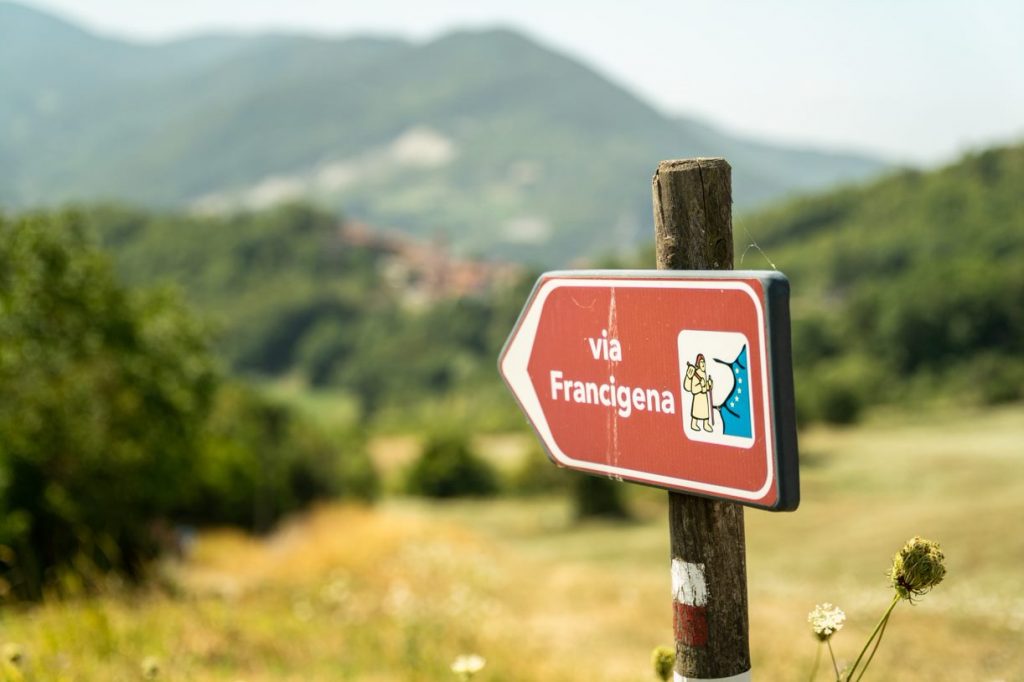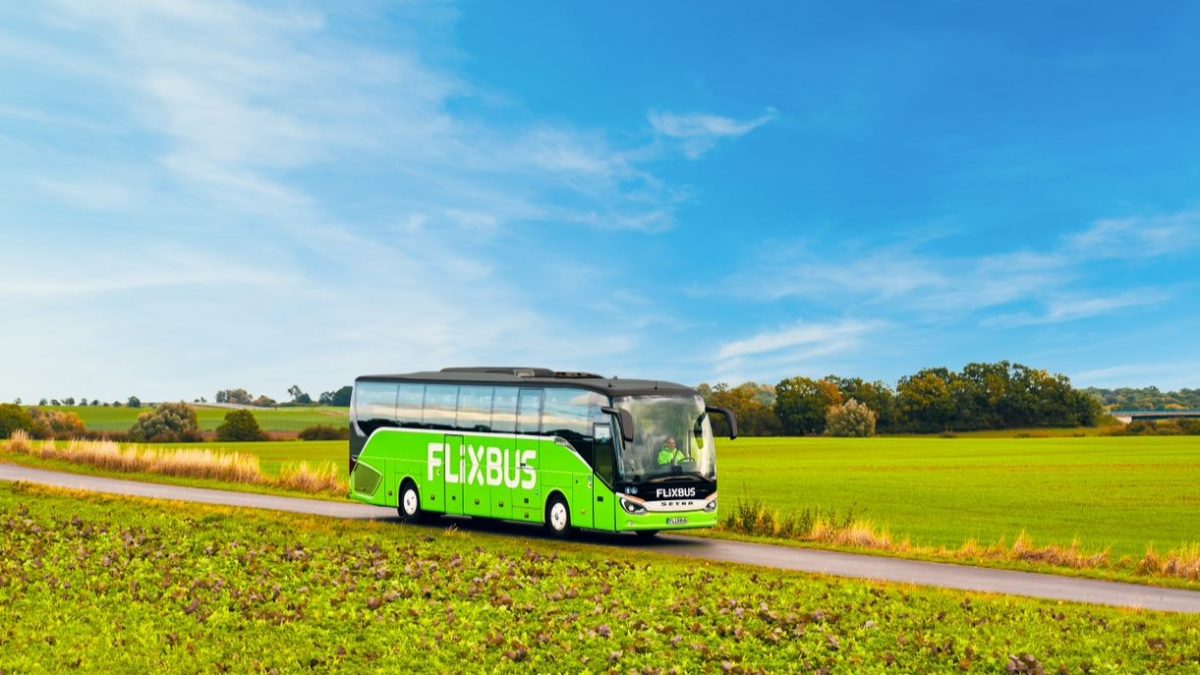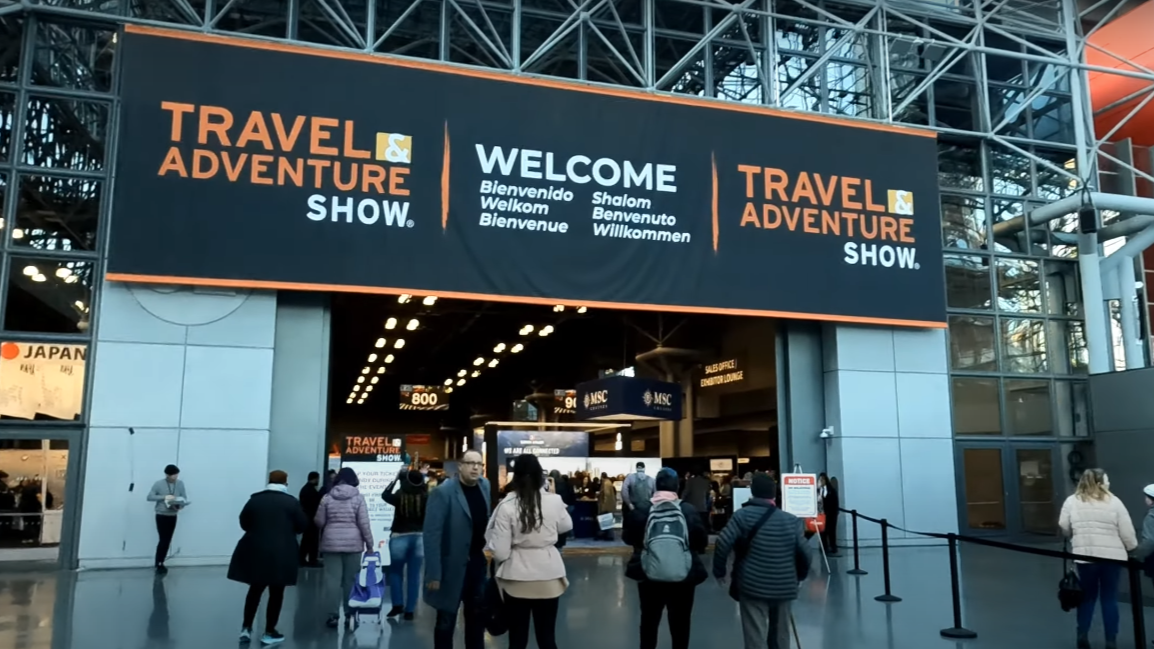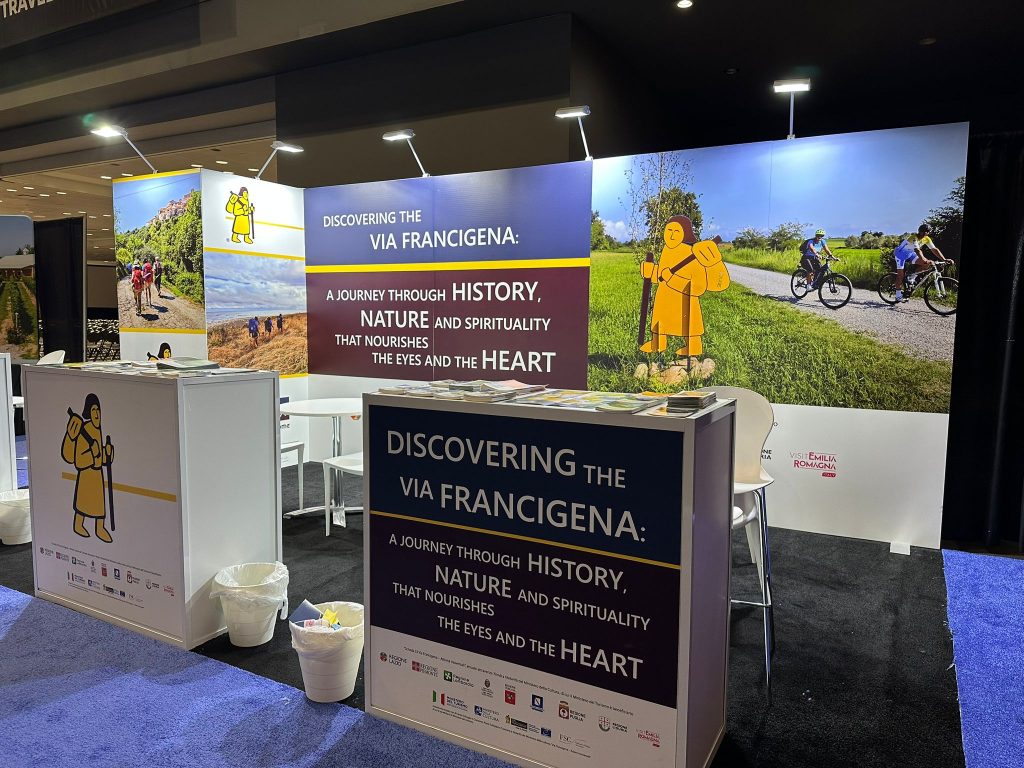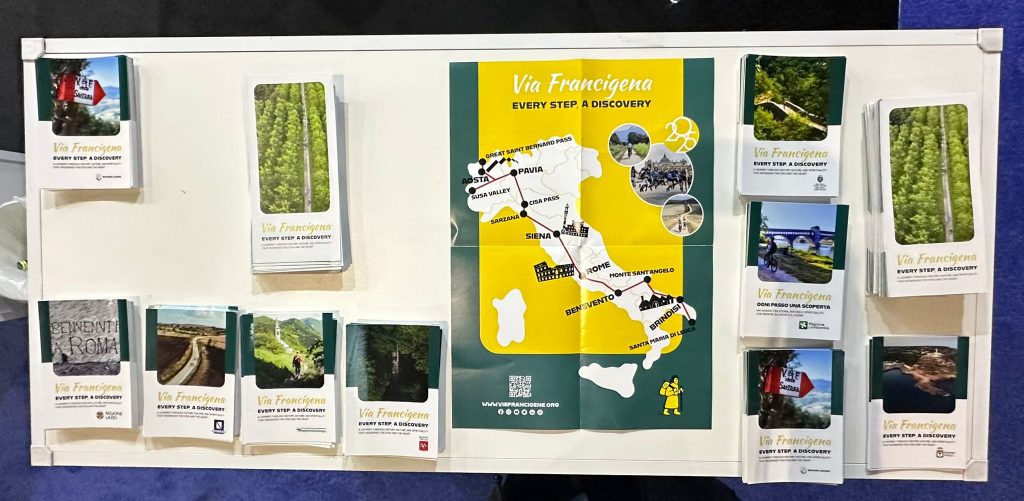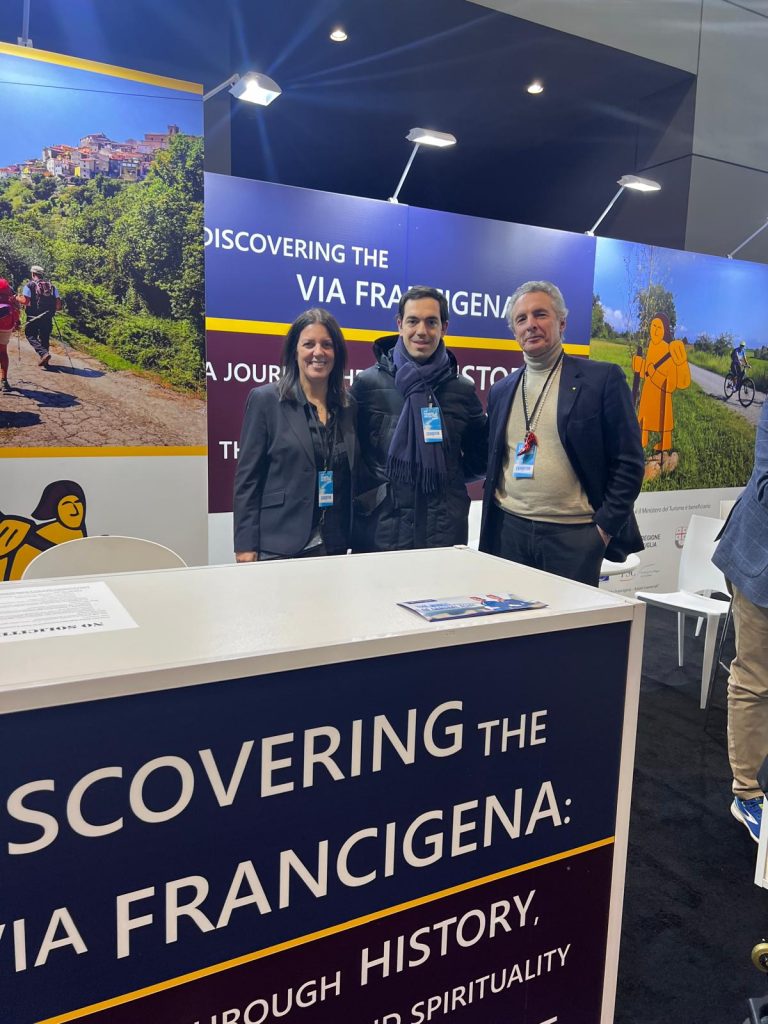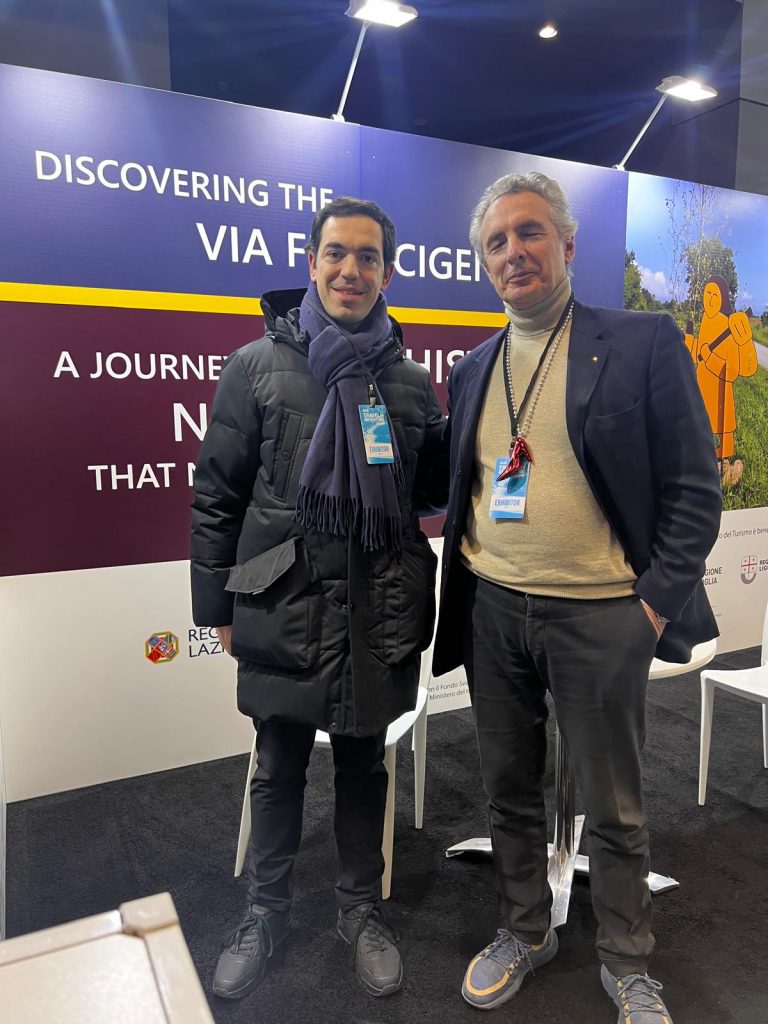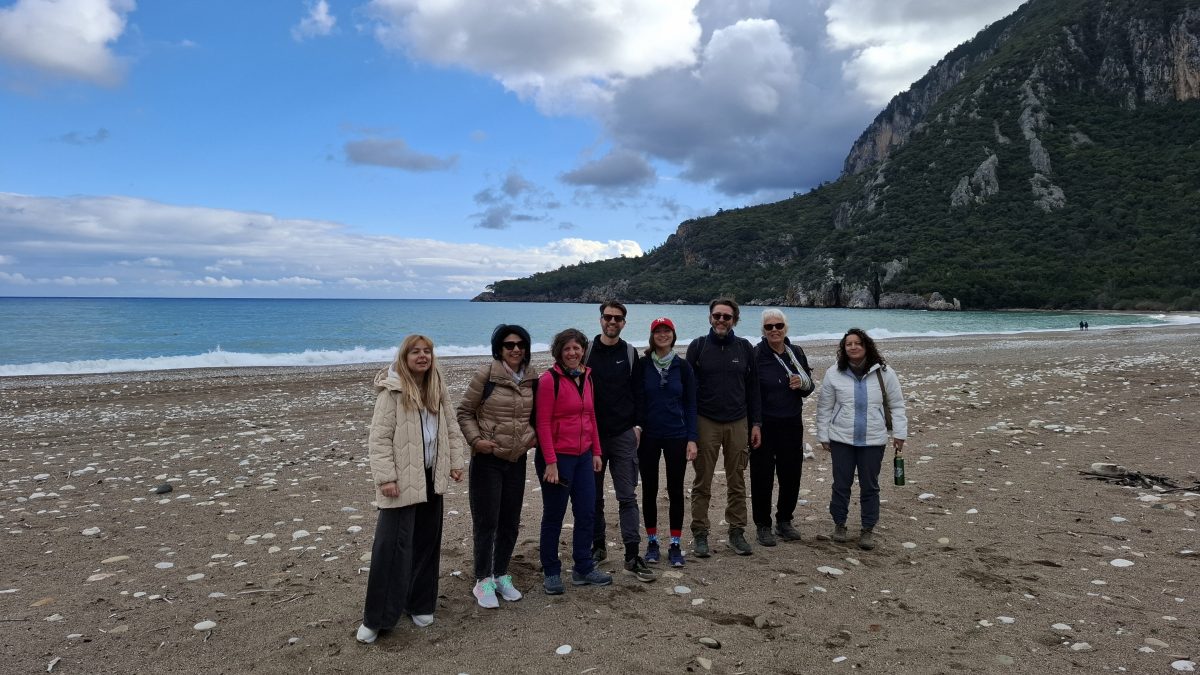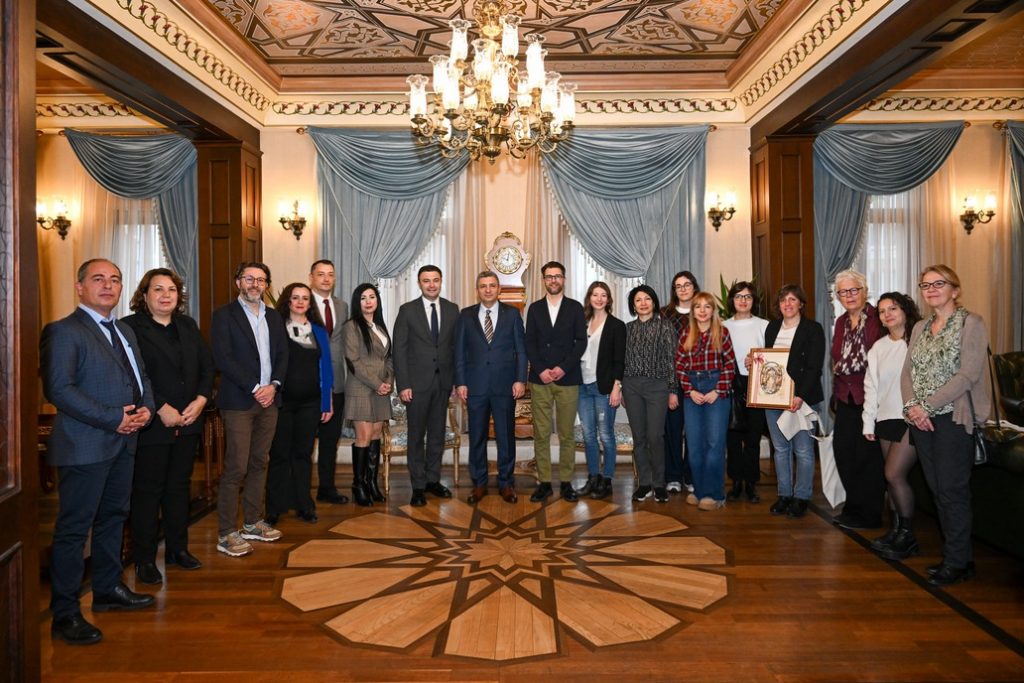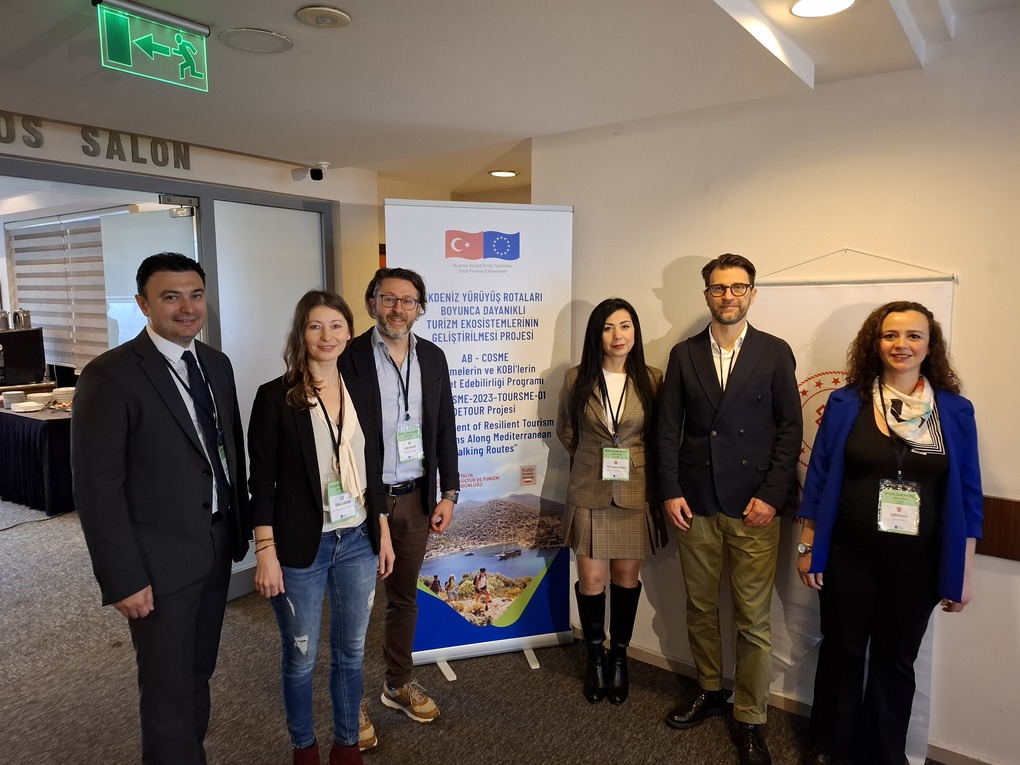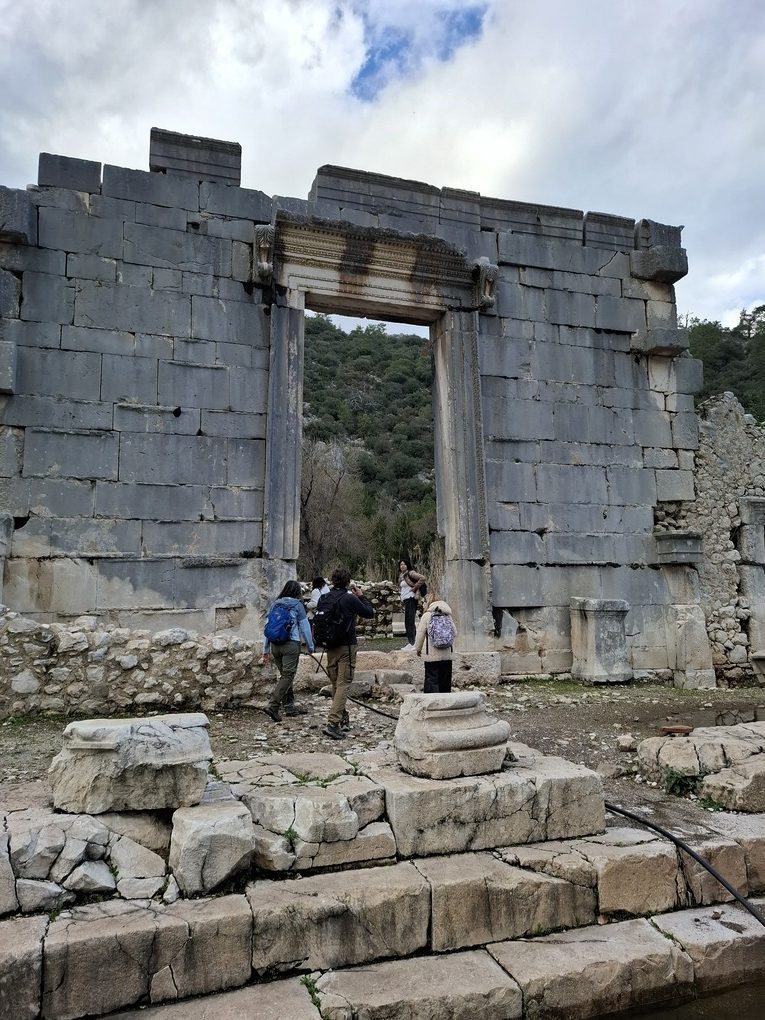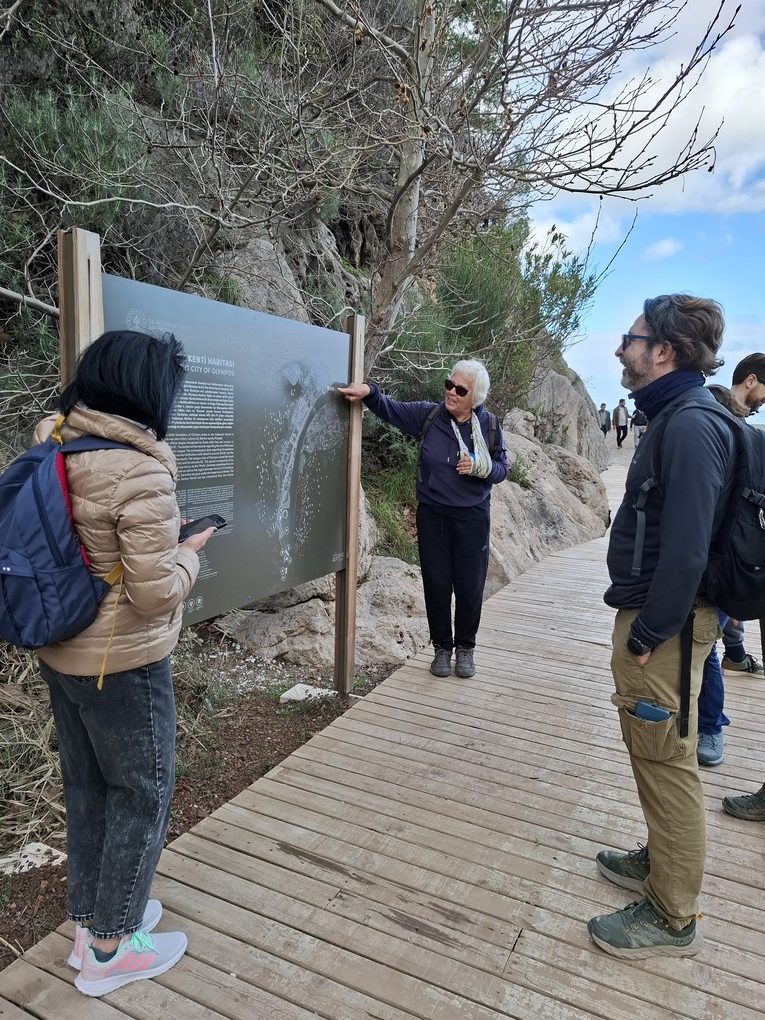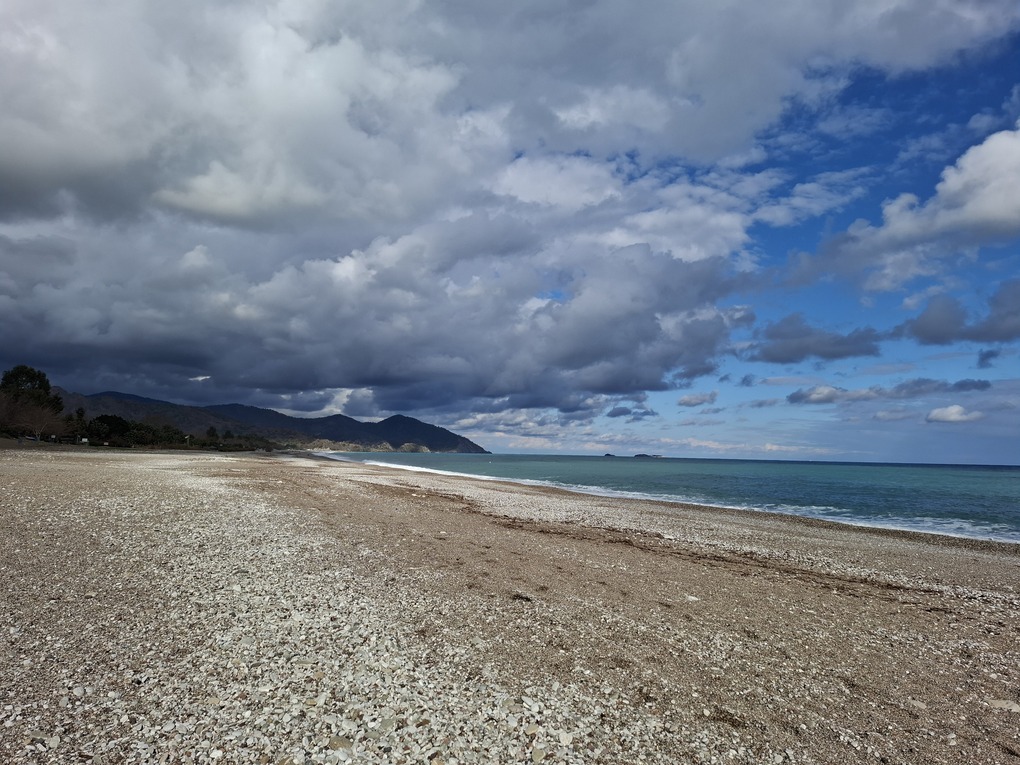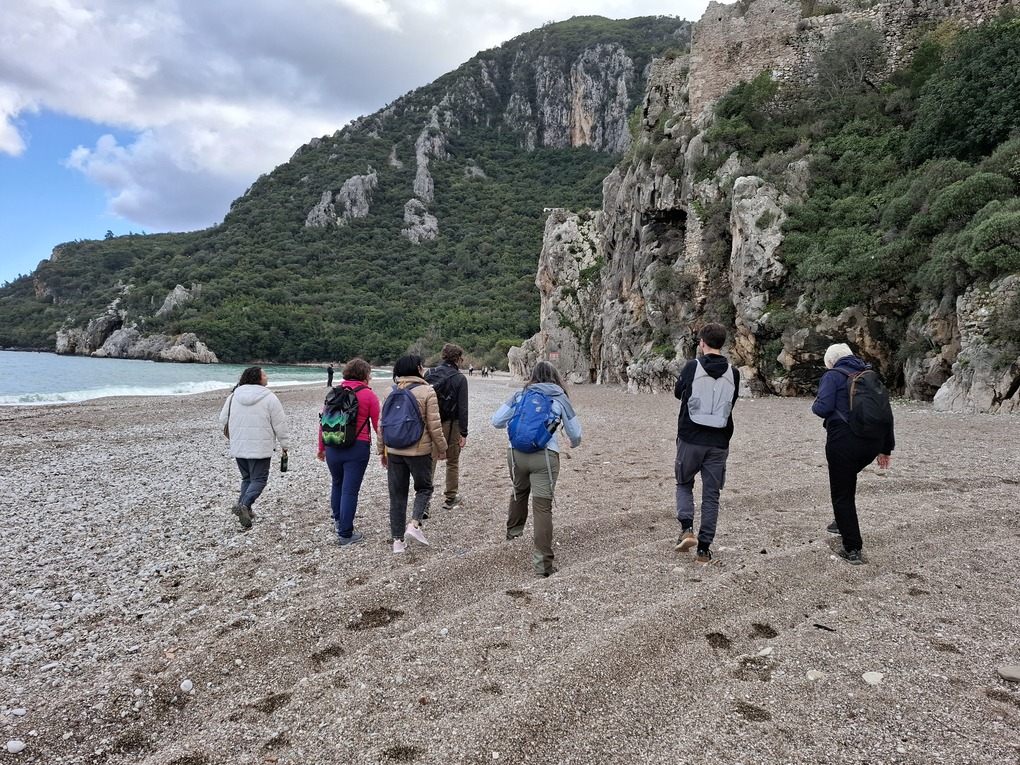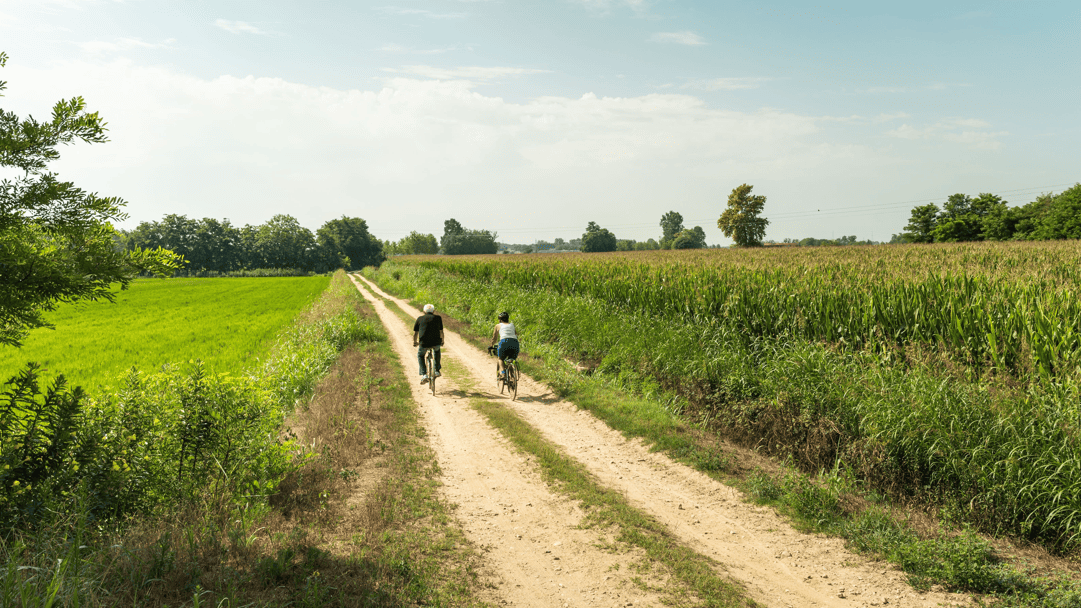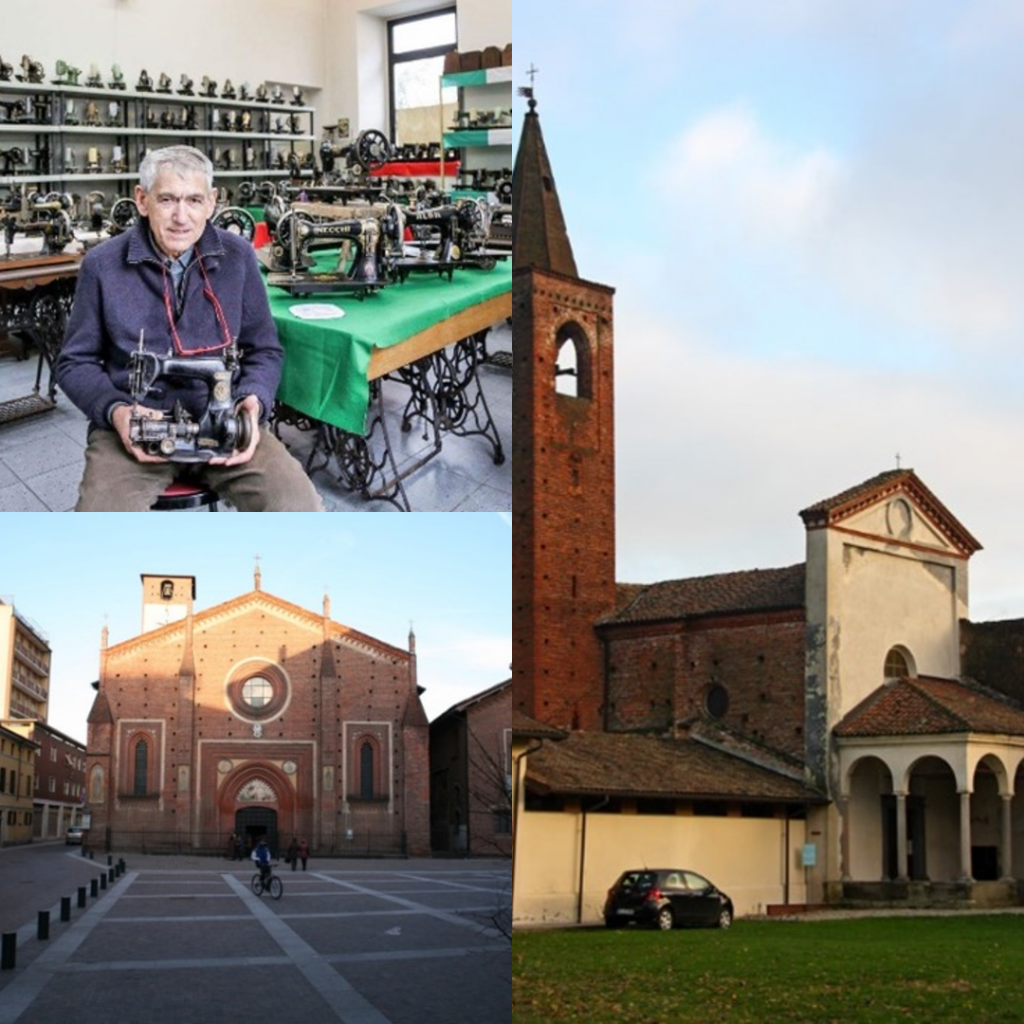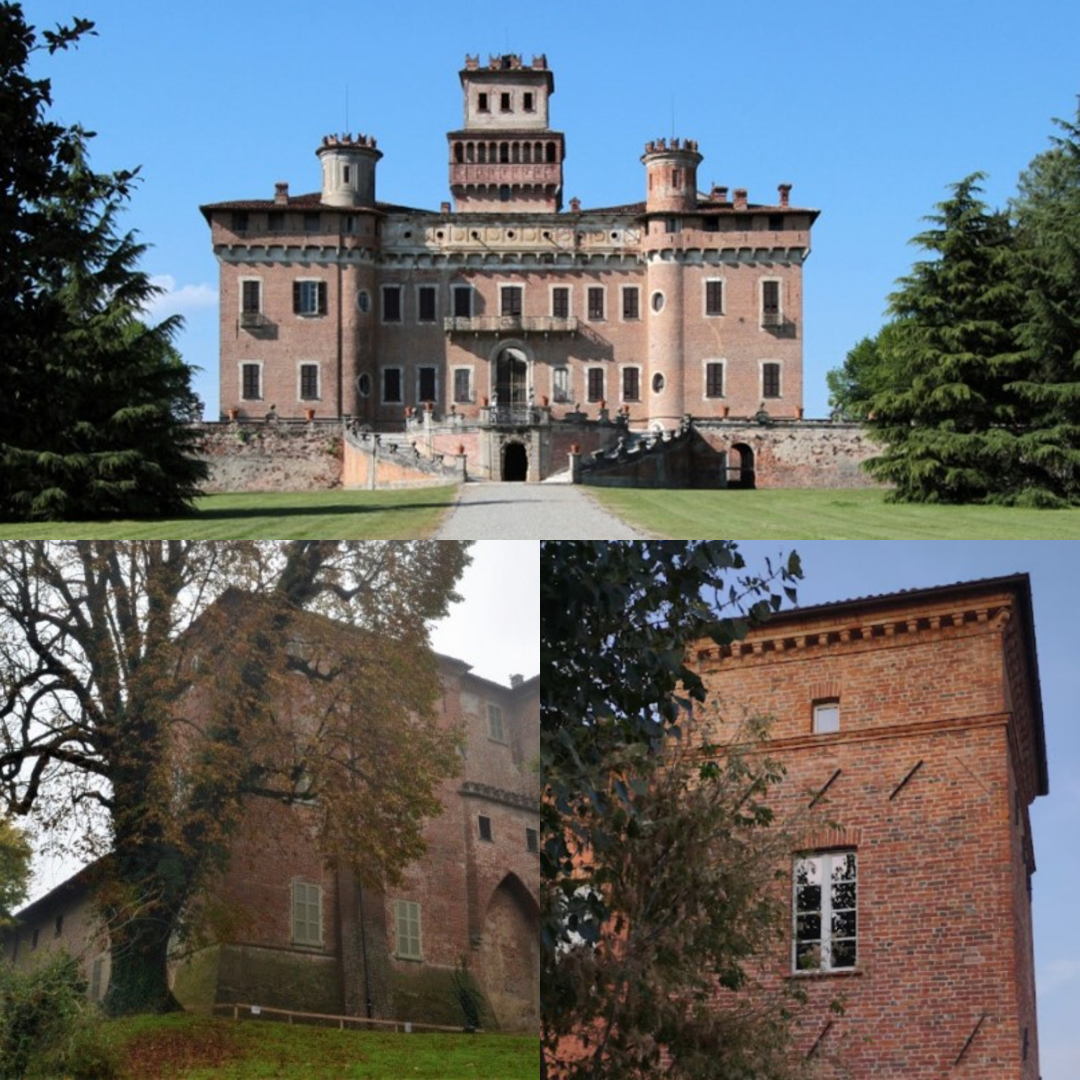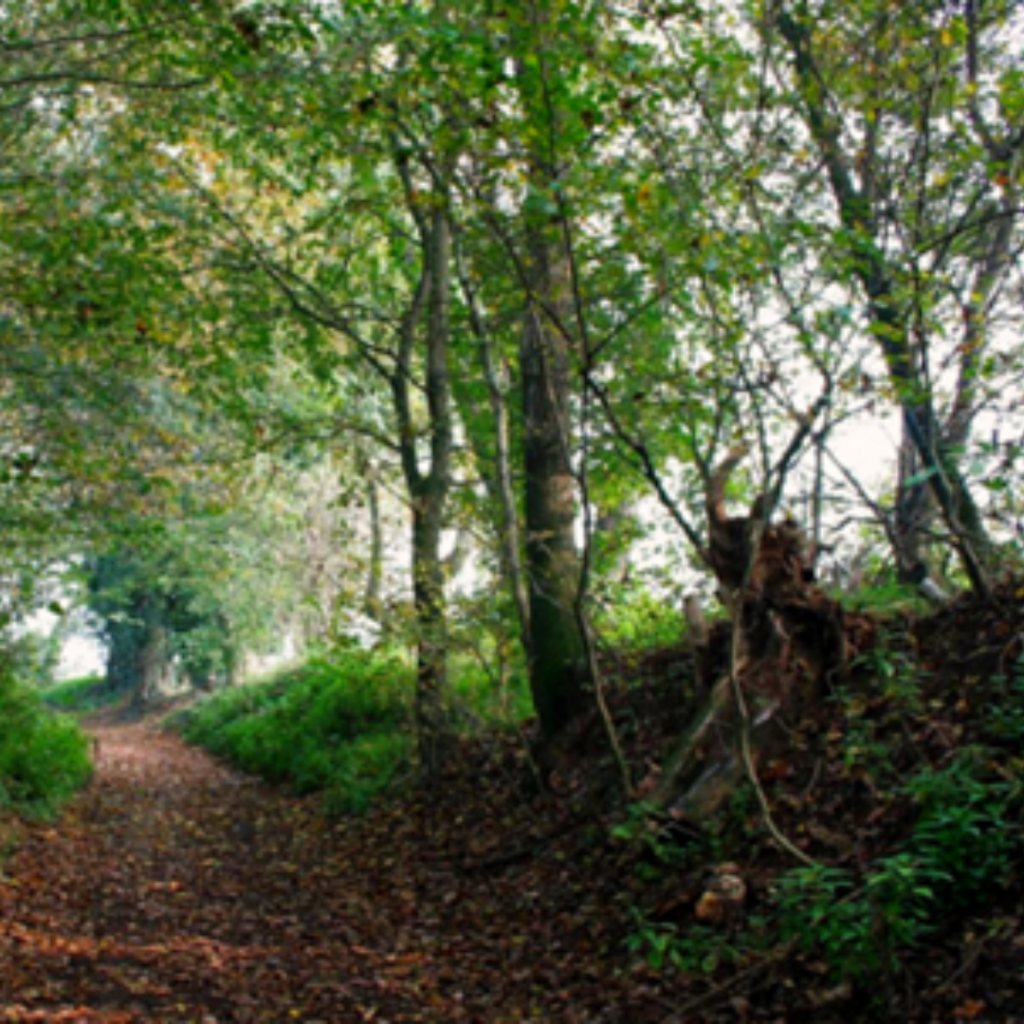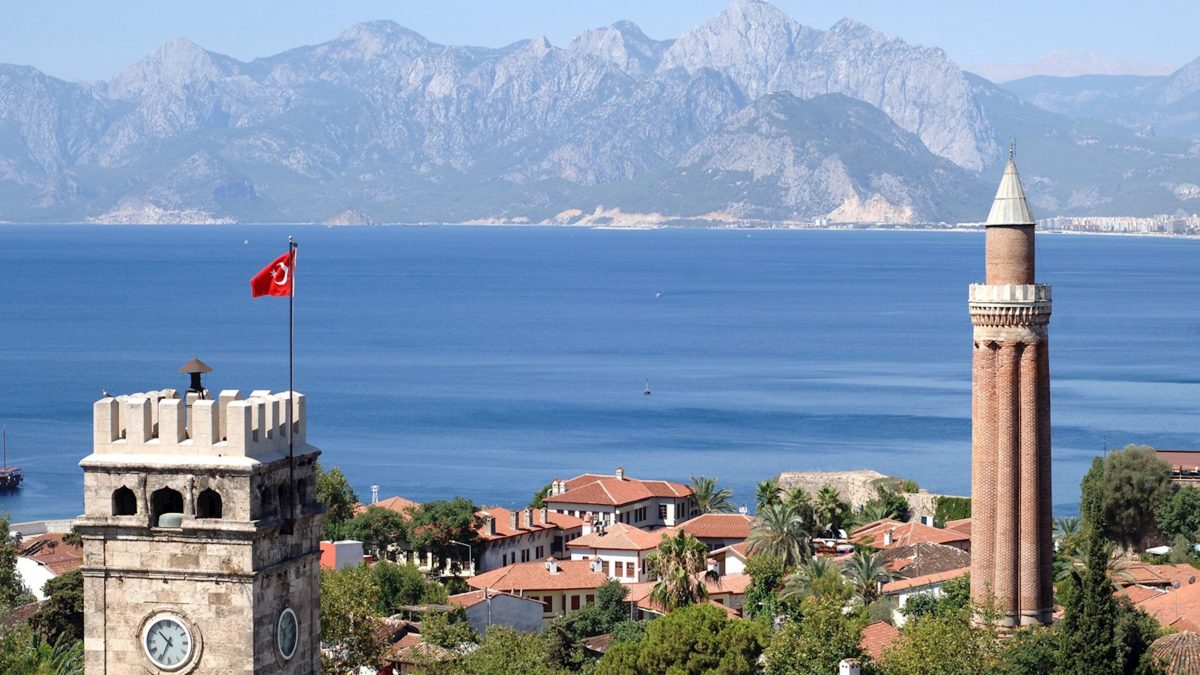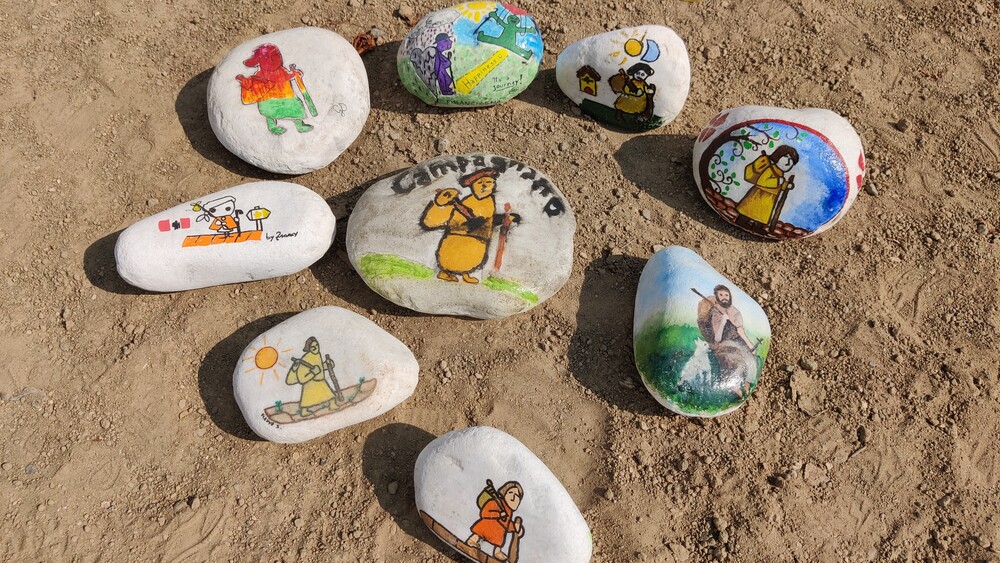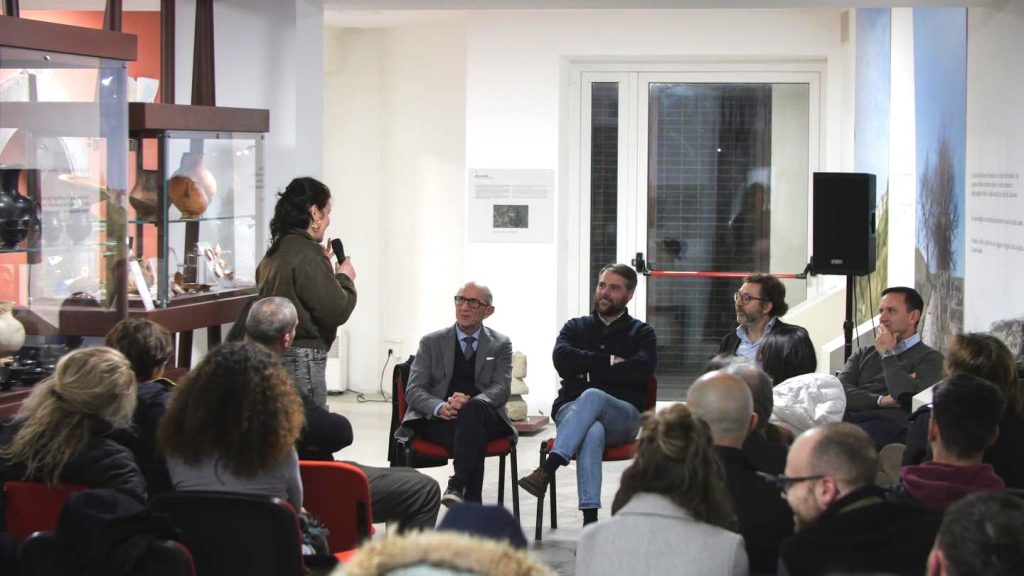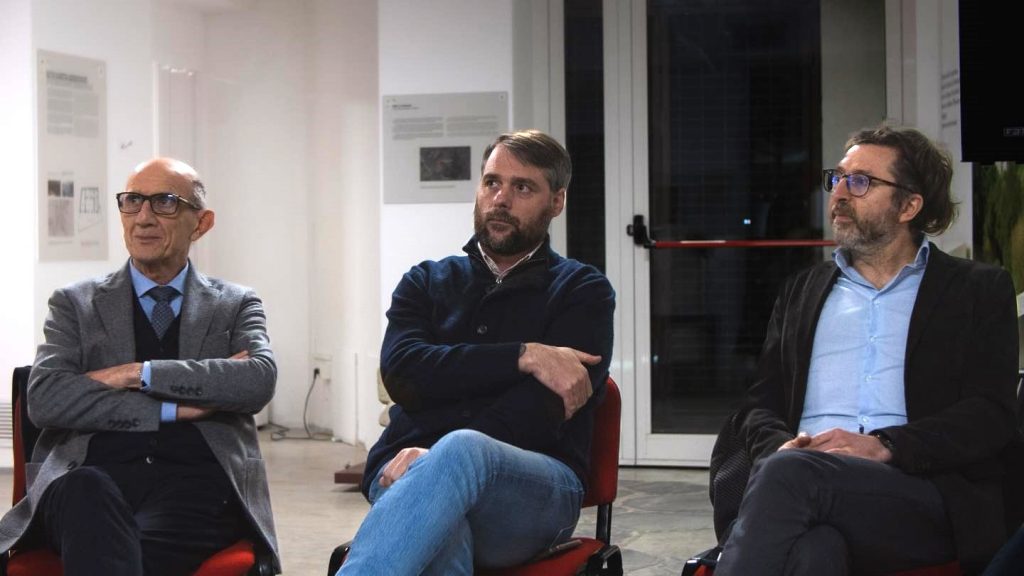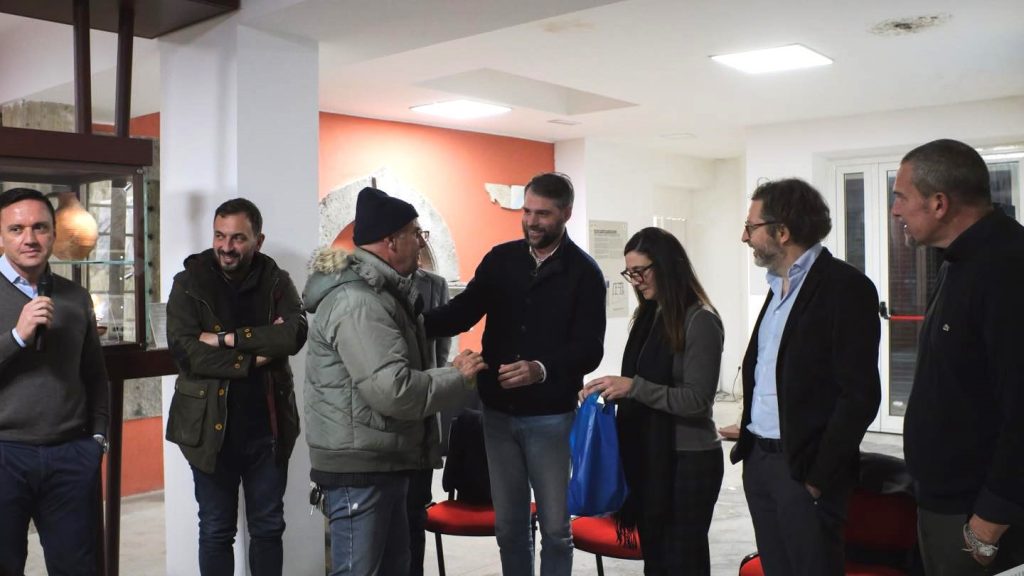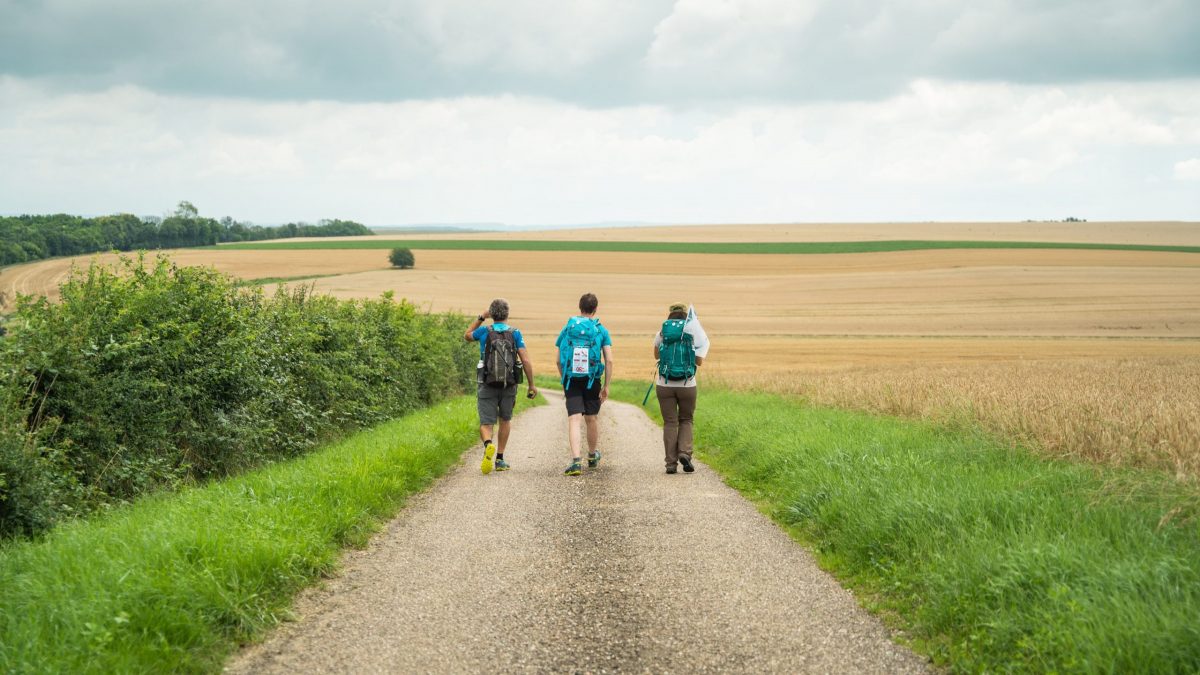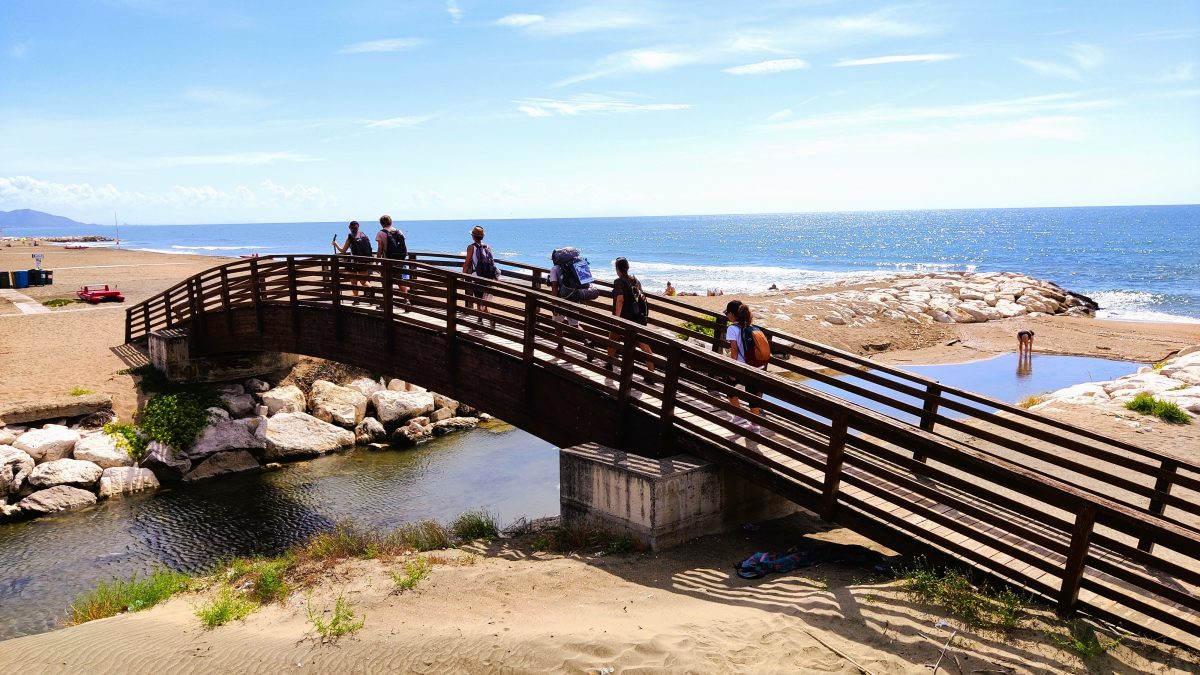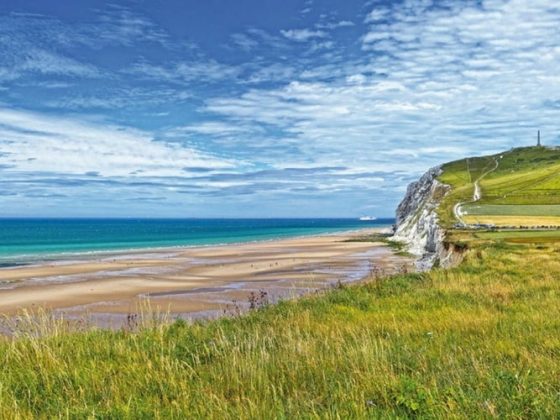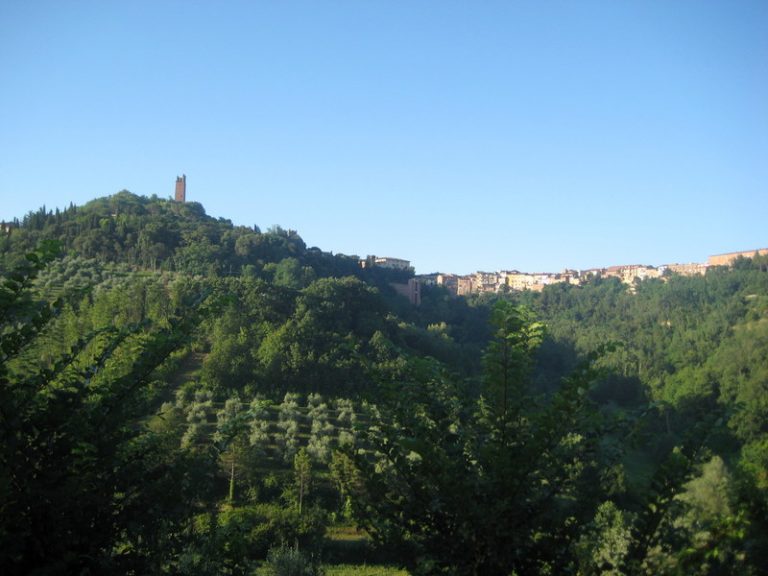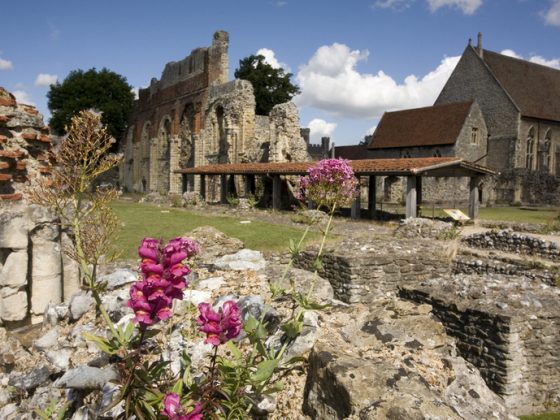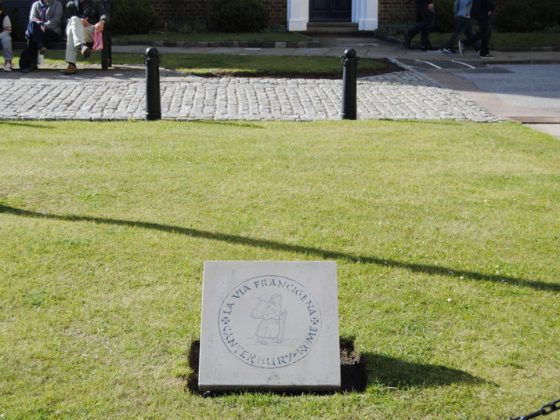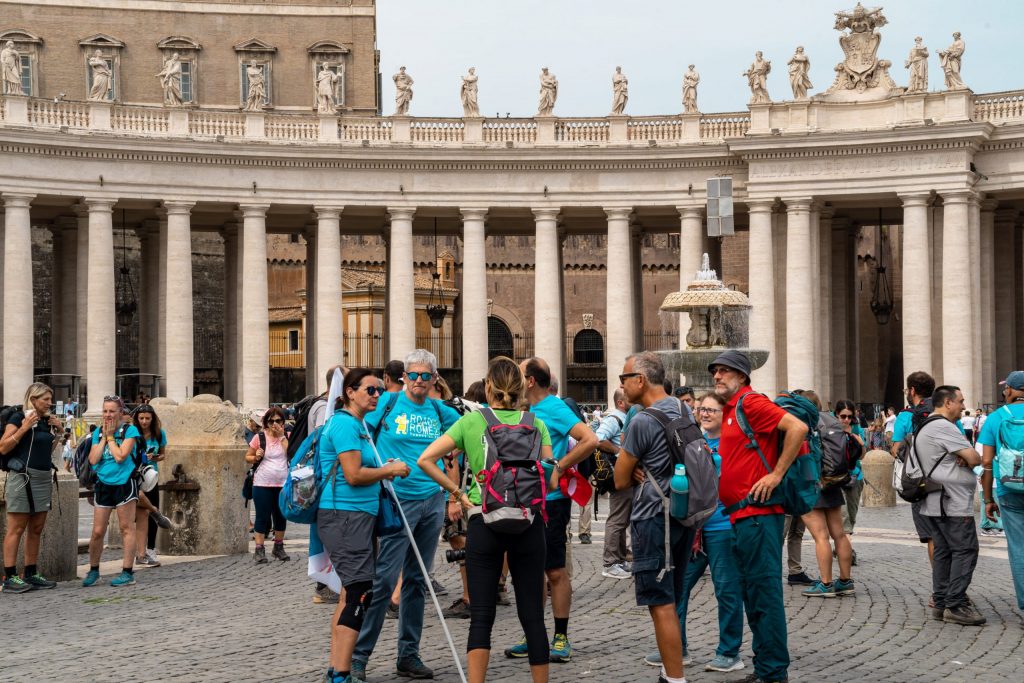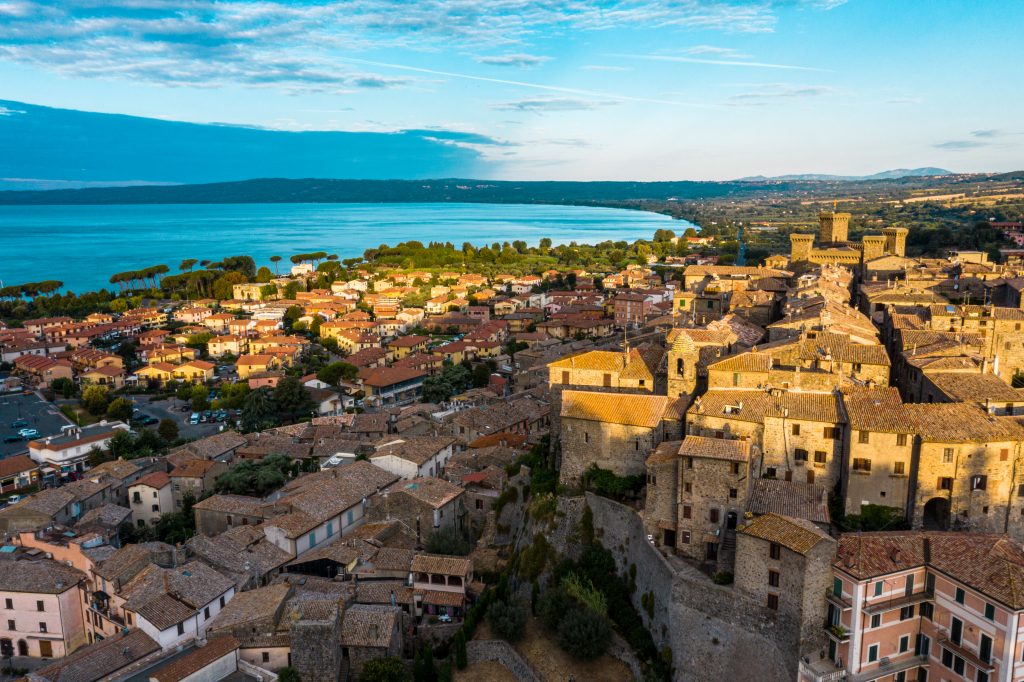2025 marks a pivotal year for the Via Francigena, which will be the focus of a rich programme of initiatives designed for pilgrims journeying along the ancient route to Rome in celebration of the Jubilee. In this context of great activity, our Association is proud to renew, for the third consecutive year, its partnership with FlixBus, a strategic alliance that promotes sustainable tourism and slow travel.
As early as 2024, slow tourism emerged as one of the most popular travel types, as confirmed by the Holiday Barometer, which reported that 78% of Italians showed a strong interest in this form of tourism.
In 2025, the Jubilee year, an even greater increase in pilgrims and travellers along the Via Francigena is expected, drawn by the spiritual call and the authentic experience of the journey. This data highlights for EAVF the importance of facilitating travel between stages and ensuring pilgrims have the best possible experience along the route, by offering strategic connections and exclusive discount codes for those travelling the Via Francigena with the official pilgrim credential, through the involvement of its network of partners. Leading the way is FlixBus, the bus travel operator with over 400,000 daily connections linking more than 5,600 destinations in over 40 countries across four continents.
“We are truly happy to renew this agreement, which allows us to support even more strongly the affirmation of a new culture of travel that is more immersive, responsible, and mindful. The synergy between FlixBus’s network and the Via Francigena, with its route winding across Europe, is a winning combination for uncovering the lesser-known beauty of our continent, enhancing the connection between travellers and local communities in a new dimension of conscious travel, where the tourist gives way to the explorer,” said Marco Zucchetti, Senior Manager PR & ESG Communications Manager at Flix.
Discounts and benefits at your fingertips with the credential
The Via Francigena credential, known as the ‘pilgrim’s passport’, allows travellers to collect stamps at each stage, certifying their passage. These stamps can be obtained at tourist offices, parishes, accommodation facilities, and rest stops. In addition to being a beautiful keepsake of the journey and the miles travelled, the Credential also offers access to exclusive discounts and benefits for pilgrims, as detailed at this link.
Thanks to the credential, you can take advantage of discounted fares on the FlixBus network. How? It’s simple – just follow these steps:
- Click here and access the discount code request form.
- Enter the five-digit code on the front of your Credential, along with your name and email address.
- You will receive an email with your discount code, which you can apply during payment after selecting your journey on the FlixBus app. For more details, please consult this page.
